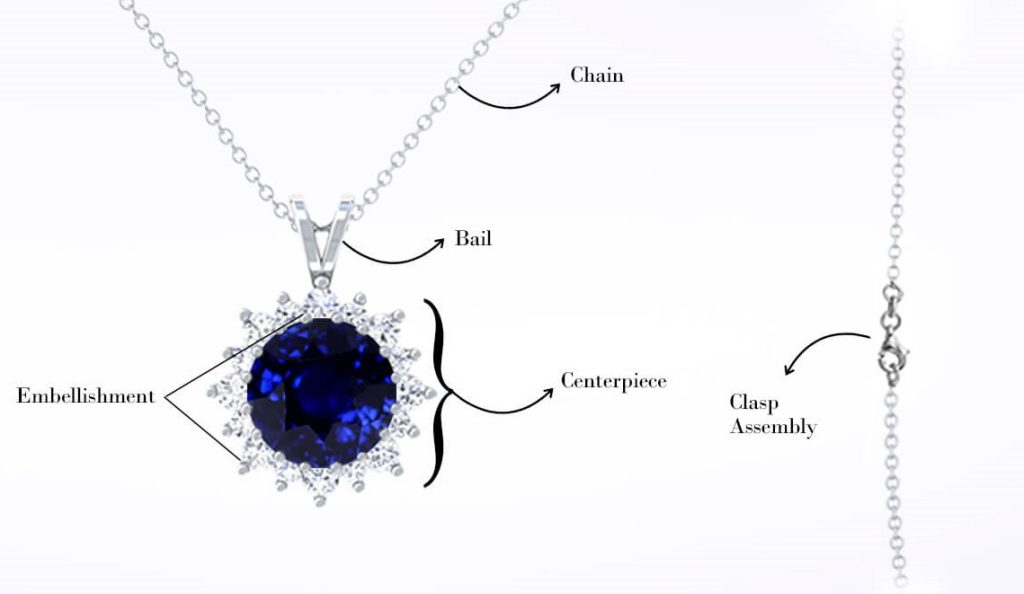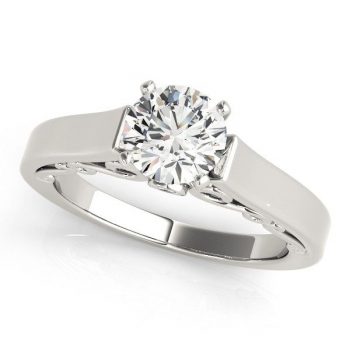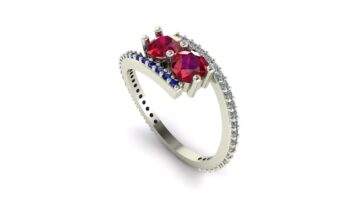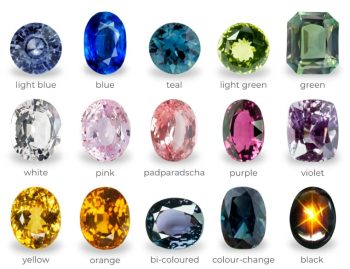Anatomy Of A Pendant
Pendants are the most worn type of jewelry in the world. And it isn’t really close. Pendants are staples in most women’s jewelry rotation. Young girls will also wear pendants well before they start wearing rings. They are mistakenly called necklaces many times. However, a pendant is what goes on a necklace. And although a pendant is usually small, there are a lot of parts that make up the anatomy of a pendant. In this post, we will identify all of the parts of a pendant so you are down with the lingo.
Parts Of A Pendant
The Chain
A pendant chain is a type of necklace chain that is specifically designed to hold and display pendants. It is typically made of metal, such as gold or silver, and comes in various lengths and styles. The chain itself is usually thin and delicate, allowing the pendant to be the focal point of the necklace.
The main purpose of a pendant chain is to securely hold the pendant in place while adding a decorative element to the overall design. It serves as a functional and stylish way to showcase the pendant, whether it’s a precious gemstone, a meaningful charm, or a personal keepsake. The chain’s length can also be adjusted to suit individual preferences, allowing the pendant to be worn at different heights on the chest.
In addition to its practical function, a pendant chain also adds a touch of elegance and sophistication to any outfit. It can be worn alone as a simple and understated accessory. Additionally, it can be layered with other necklaces for a more trendy and fashionable look. Whether you’re dressing up for a special occasion or adding a finishing touch to your everyday ensemble, a pendant chain is a versatile and timeless accessory that can elevate your style. So next time you’re considering wearing a pendant, don’t forget to choose the perfect chain to complete your look.
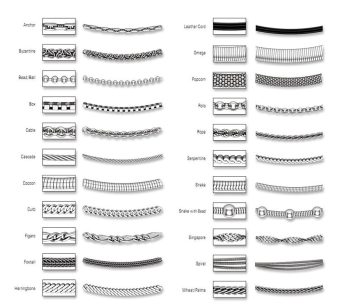
The Clasp
The clasp assembly for a pendant is the mechanism that allows you to securely fasten and unfasten the pendant from a chain or necklace. It plays a crucial role in ensuring that your pendant stays in place and doesn’t get lost. Think of it as the unsung hero of your jewelry collection!
The clasp assembly typically consists of two main components: the clasp and the jump ring. The clasp is the part that opens and closes, while the jump ring is the small circular ring that attaches the clasp to the pendant. Together, they form a reliable and convenient way to wear your pendant without worrying about it falling off.
Not all clasps are created equal, though. There are various types of clasp assemblies, each with its own pros and cons. Some popular options include lobster clasps, spring ring clasps, and magnetic clasps. Lobster clasps are known for their durability and ease of use, while spring ring clasps are more affordable and widely available. Magnetic clasps, on the other hand, offer a quick and effortless way to put on and take off your pendant.
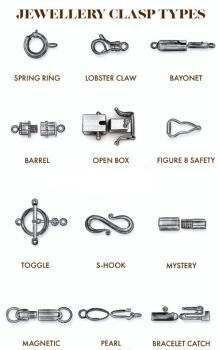
Anatomy Of A Pendant – The Bail
The bail for a pendant is the loop or attachment point that allows the pendant to hang from a chain or necklace. It is typically made of metal, such as gold or silver, and can come in various shapes and designs. The bail serves both a functional and decorative purpose, as it not only allows the pendant to be worn but also adds to its overall aesthetic appeal.
In terms of functionality, the bail ensures that the pendant hangs securely from the chain or necklace. This prevents it from accidentally falling off or getting lost. It also provides a stable connection between the pendant and the rest of the jewelry. This allows it to be worn comfortably and confidently. Without a bail, a pendant would not be able to be worn as a necklace, limiting its versatility and potential for self-expression.
From a design perspective, the bail can also enhance the overall look of the pendant. It can be simple and understated. This places the focus to be on the pendant itself. However, bails can be more elaborate and ornate, adding an extra touch of style and sophistication. The choice of bail can greatly impact the overall aesthetic of the pendant. It allowing for personalization and customization based on individual preferences.
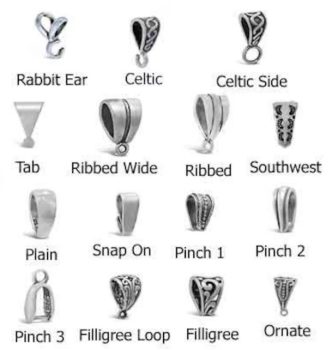
Anatomy Of A Pendant – The Centerpiece
In the anatomy of a pendant, the centerpiece for a pendant is the focal point, the star of the show. It’s the eye-catching element that draws attention and adds personality to the piece. Whether it’s a sparkling gemstone, a delicate charm, or a meaningful symbol, the centerpiece is what makes a pendant unique and special. It serves as a conversation starter, a way to express personal style, and a reminder of cherished memories or beliefs. In my opinion, the centerpiece is the heart and soul of a pendant, transforming it from a simple accessory into a meaningful and beautiful piece of jewelry.
Anatomy Of A Pendant – The Embellishment
A pendant embellishment is a decorative element that enhances the overall appearance of a pendant. It can be made from various materials such as gemstones, pearls, or intricate metalwork. The purpose of an embellishment is to add flair and personality to the pendant, making it more visually appealing and unique. Whether it’s a sparkling diamond, a vibrant colored gemstone, or a delicate filigree design, the embellishment serves as a focal point that draws attention and creates a statement piece. In my opinion, a well-chosen pendant embellishment can elevate any outfit and make a lasting impression.
Anatomy Of A Pendant – The Gallery
In the anatomy of a pendant, the gallery is not totally necessary. However, many solitaire and halo pendants do have them.
The gallery of a pendant is the space between the top of the pendant and the gemstone or decorative element. It serves as a framework for the gemstone, providing support and enhancing its overall appearance. Think of it as the stage that showcases the star of the show – the gemstone. Without a well-designed and well-executed gallery, the pendant would lack the necessary structure and visual appeal.
The gallery not only adds aesthetic value to the pendant but also plays a functional role. It allows light to pass through the gemstone, enhancing its brilliance and sparkle. A well-designed gallery will have openings or cutouts that allow light to enter from different angles, creating a mesmerizing play of light and color.
In our opinion, the gallery of a pendant is like the secret ingredient that takes a piece of jewelry from ordinary to extraordinary. It adds depth, dimension, and character to the design. So, the next time you admire a pendant, take a closer look at its gallery and appreciate the craftsmanship that went into creating it. It’s the little details that make all the difference in creating a truly stunning piece of jewelry.
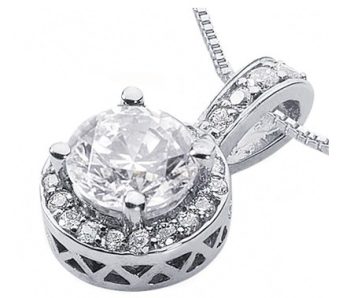
Looking For A Pendant?
We hope this breakdown of the anatomy of a pendant is helpful. Knowing the anatomy of a pendant can be helpful when shopping for a pendant. Are you? Why not consider a custom pendant? All we do is make custom jewelry to order. Why buy a mass produced pendant from the chain stores when you can have something made just for you? We can create something showing your style and personality that can cost less than a comparable piece from the chain jewelry stores.
Click here to see all of our custom pendants, or contact with your idea.
